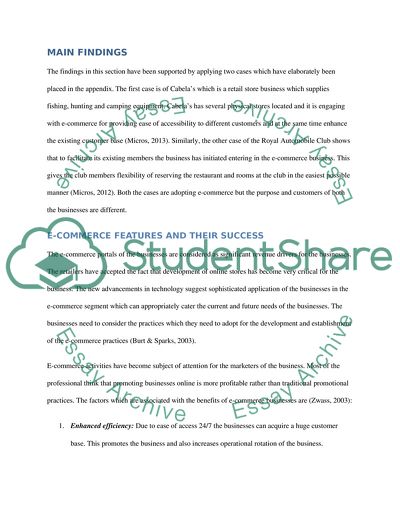Cite this document
(“Introduction to E-Commerce Coursework Example | Topics and Well Written Essays - 2000 words - 2”, n.d.)
Introduction to E-Commerce Coursework Example | Topics and Well Written Essays - 2000 words - 2. Retrieved from https://studentshare.org/marketing/1623988-case-study
Introduction to E-Commerce Coursework Example | Topics and Well Written Essays - 2000 words - 2. Retrieved from https://studentshare.org/marketing/1623988-case-study
(Introduction to E-Commerce Coursework Example | Topics and Well Written Essays - 2000 Words - 2)
Introduction to E-Commerce Coursework Example | Topics and Well Written Essays - 2000 Words - 2. https://studentshare.org/marketing/1623988-case-study.
Introduction to E-Commerce Coursework Example | Topics and Well Written Essays - 2000 Words - 2. https://studentshare.org/marketing/1623988-case-study.
“Introduction to E-Commerce Coursework Example | Topics and Well Written Essays - 2000 Words - 2”, n.d. https://studentshare.org/marketing/1623988-case-study.


